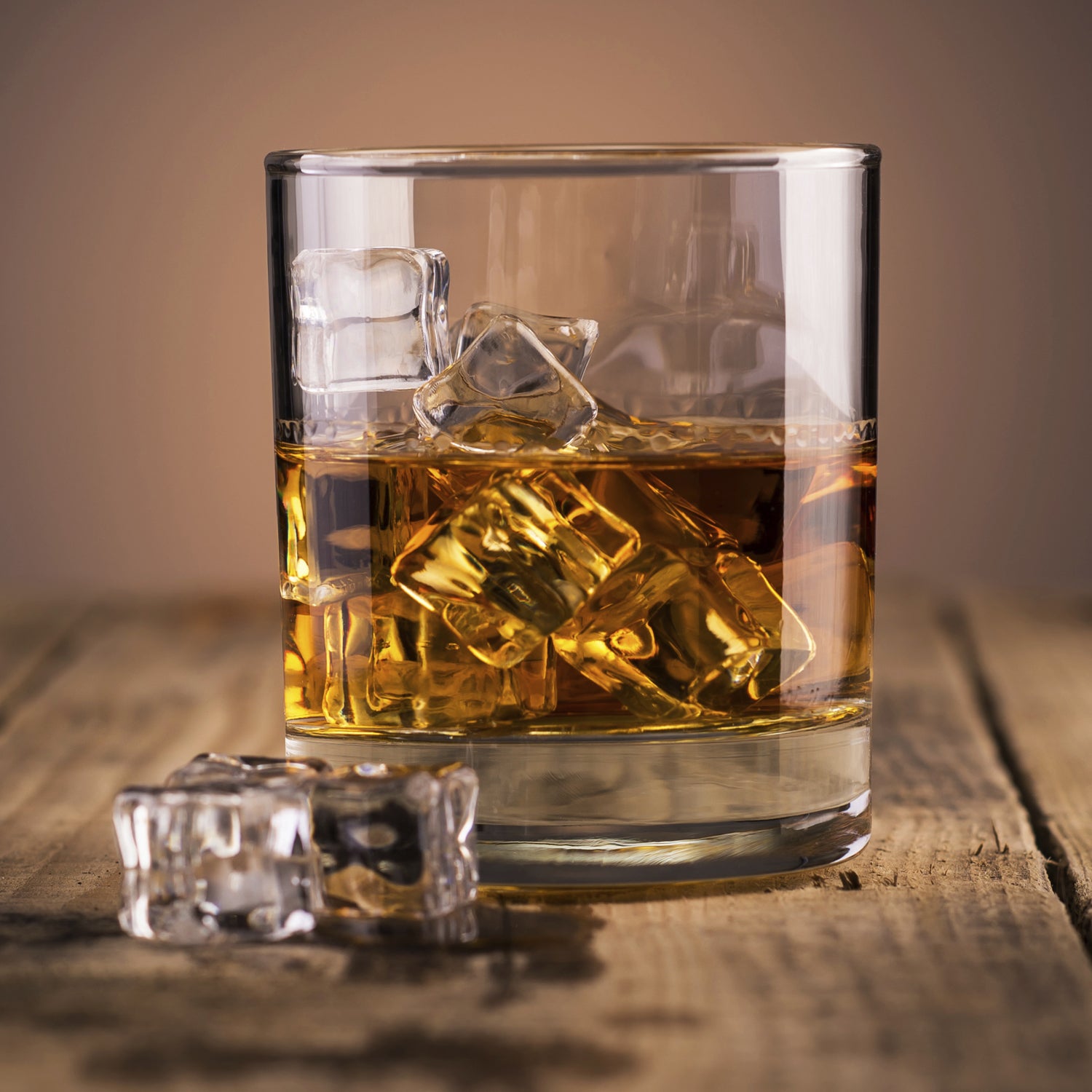Richard Betts was a few drinks in during a ski weekend with friends seven years ago, when a buddy told him, You should write a book about wine. It wasn't the first time Betts had heard that—he's a master sommelier and winemaker. But it’s a crowded canon with umpteen experts waxing philosophical on tannins and finishes. “I didn’t feel like I had anything to add,” says Betts. A few drinks later, he came around to the idea of a scratch-and–sniff format: �ճ�����'����a way to learn about wine. Years later, in 2013, he published a hit —it’s sold a quarter million copies. Now, he’s back with . The book hit shelves in October.
Whiskey was an obvious sequel choice for Betts. “Like wine, whiskey is well loved but not necessarily well understood,” he says. The average drinker doesn’t have strong feelings on whiskey preference, let alone an idea of what flavors to look for. Betts wrote this guide because he thinks people should know those things—and that they want to. “I think this is the time of the anti-critic,” he says. “People are more interested in drinking what they like than drinking what someone tells them to.” Like most writers, Betts says he sampled hundreds of bottles during the penning of the book; in fact, he claims his entire advance was spent buying booze for “research.” But the investment paid off. The book is the best-smelling volume you’ll read all year, and perhaps the most useful too.
“I think this is the time of the anti-critic,” Richard Betts says. “People are more interested in drinking what they like than drinking what someone tells them to.”
It turns out that the secret to becoming a whiskey expert has been right in front of your face this whole time. Betts says that most of us have a terrific sense of smell—if we learn how to use it. “When we were hunter-gatherers we relied on our noses to make sure we didn’t eat spoiled meat or something awful. But it’s one of the first that we forget how to use in a powerful way.” The book doesn’t actually smell like whiskey (sorry). Instead, it smells like the different scents that make a whiskey unique. You’ll take in the aroma of smoke or vanilla as you learn about how these flavors are imparted. It’s like training your nose for what to pick up on the next time you’re poured a glass.
Tucked into the back of the book is a choose-your-own adventure map to guide novice drinkers towards specific bottles they might like. Pick the scents you liked in the book, and you’ll work your way to the perfect bottle. Here, too, Betts was careful to focus on the drinker over conventional wisdom. “People always think older is better and that’s definitely not true; it can get to a place where it’s too old—quite tannic and physically hard to drink. People think more expensive is always better too, but that’s more about supply and demand and hype,” he says.
Cardboard pages and bright illustrations make The Essential Scratch & Sniff Guide To Becoming A Whiskey Know-It-All a fun and easy read. Whiskey crafting techniques and their effect on a spirit’s scent are explained simply and in a large, readable font. It’s the kind of content that you could digest even after a few glasses, if, say, you were drinking along with the book—for learning’s sake, of course.


